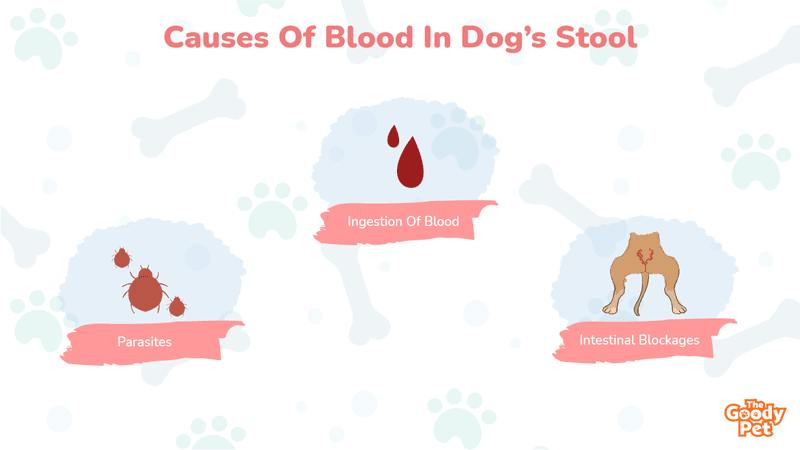Noticing blood in your dog’s stool can be a cause for great anxiety because this means that there’s something wrong with your four-legged buddy and, in some cases, will necessitate a visit to the vet. But what exactly causes your dog to have blood in their stool?
The most common cause of blood in your dog’s stool is parasites. Fortunately, you can get rid of parasites with some easy home remedies. A bloody stool can also be caused by the ingestion of toxic substances and dietary issues, but these are not the only causes. Below, let’s check out 17 causes of blood in your dog’s stool.
17. Stress

While it is not very common, stress and anxiety can sometimes lead to colitis, which in turn causes your canine buddy to pass bloody diarrhea.
Some of the things that could cause stress and anxiety in your dog include moving to a new home, adding a new pet at home, losing a close family member, traveling, and so on. If your dog is stressed, you’ll need to identify and deal with the stressor.
16. Postoperative Complications

If your furry buddy just had an operation, and then you notice dark, dried-out blood in their stool, this is a sign that your pooch could be having some internal bleeding. The bleeding can start up to 72 hours after the operation.
Internal bleeding following surgery can easily turn fatal, so if you notice blood in your doggie’s stool a few days after an operation, you should get in touch with your vet immediately.
15. Intestinal Blockages
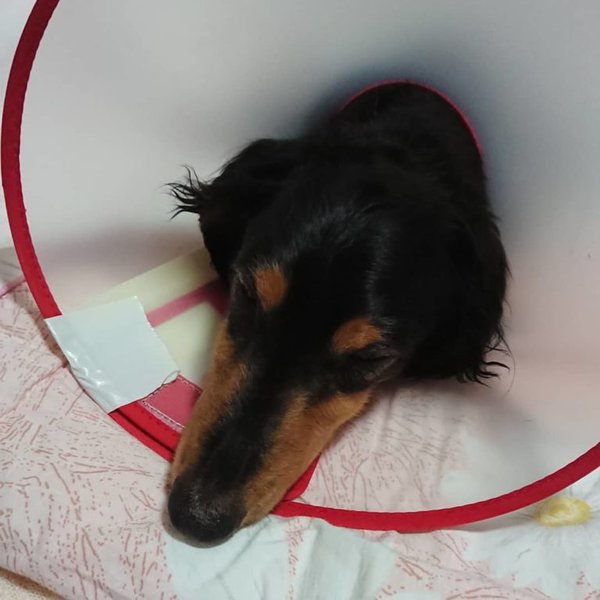
Sometimes, your pooch will eat something that they cannot easily pass through their intestinal tract, leading to intestinal blockage. Intestinal blockage can also be caused by the narrowing of the gastrointestinal tract.
As ingested material struggles to pass down your doggie’s GI tract, it can scrape and irritate the walls of the intestines, leading to bleeding. Intestinal blockages can be fatal, so if you suspect this, get your pooch to the vet as soon as you can.
14. Use Of NSAIDs
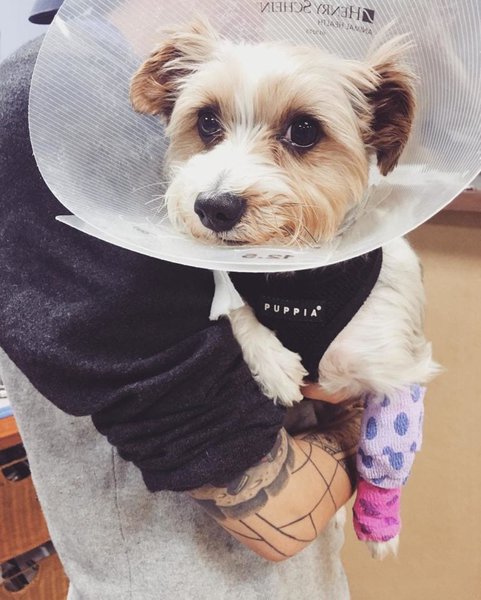
NSAIDs, better known as Non-Steroidal Anti-Inflammatory Drugs, are drugs that are used to reduce pain and inflammation, both in humans and dogs. Excessive use of NSAIDs can result in your pooch developing stomach ulcers and bleeding. Since the bleeding happens in the stomach, your dog’s stool will look dark and tarry.
Due to the potential risk of NSAIDs, never give your four-legged buddy any NSAIDs without a vet’s advice.
13. Parvovirus
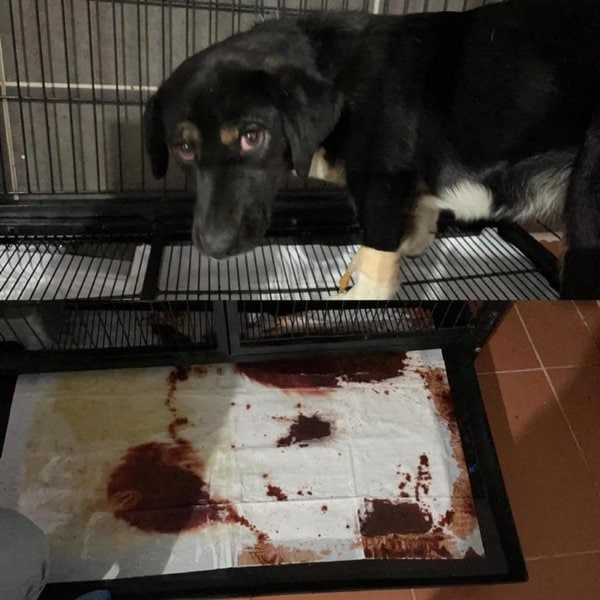
Parvovirus is a very serious disease that often affects puppies, though it can also affect grown dogs. Some of the symptoms of parvovirus include bloody diarrhea, vomiting, fatigue, and loss of appetite. Left untreated, parvovirus can kill your dog, so you need to rush your doggo to the vet if you suspect a case of parvovirus.
Fortunately, parvovirus can be prevented through vaccination, so you should make sure all your pups are vaccinated after birth.
12. Rectal Injuries

If your dog ingests something sharp, such as a bone or a stick, the sharp object can sometimes scratch and tear some parts of your dog’s GI tract, particularly the lower intestinal lining and the rectum. This can, in turn, lead to bleeding.
Since this bleeding happens in the lower sections of the GI tract, the blood in your dog’s stool will appear bright red, since it has not been digested.
11. Usage Of Pepto-Bismol
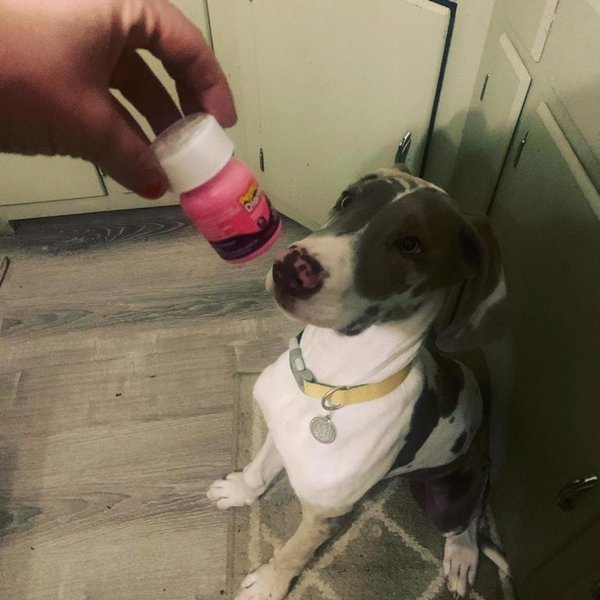
Pepto-Bismol is a medication that is used to treat stomach upsets and diarrhea. Pepto-Bismol will cause your doggie’s stool to turn dark, as though it has blood. This is normal, and should not be cause for concern.
However, long-term usage of Pepto-Bismol can also cause gastric bleeding, with some of this blood passed out in your dog’s stool. This is why it is not recommended that you give your dog Pepto-Bismol without a vet’s supervision.
10. Hemorrhagic Gastroenteritis
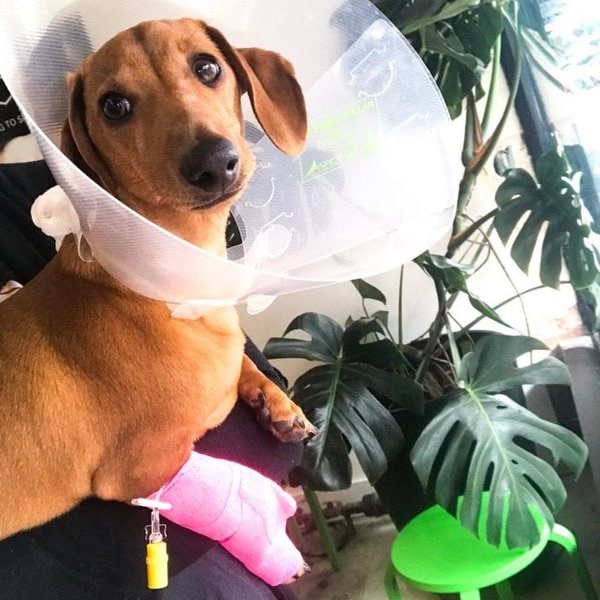
This is a condition that causes dogs to pass large amounts of jelly-like, bloody diarrhea. Dogs with hemorrhagic gastroenteritis will also show other symptoms like vomiting.
The cause of hemorrhagic gastroenteritis is not known. However, due to severe diarrhea and vomiting, your dog can easily get dehydrated, so dogs with hemorrhagic enteritis often require intravenous fluids while they are sick. Fortunately, the condition can be treated through medication.
9. Blood Clotting Issues
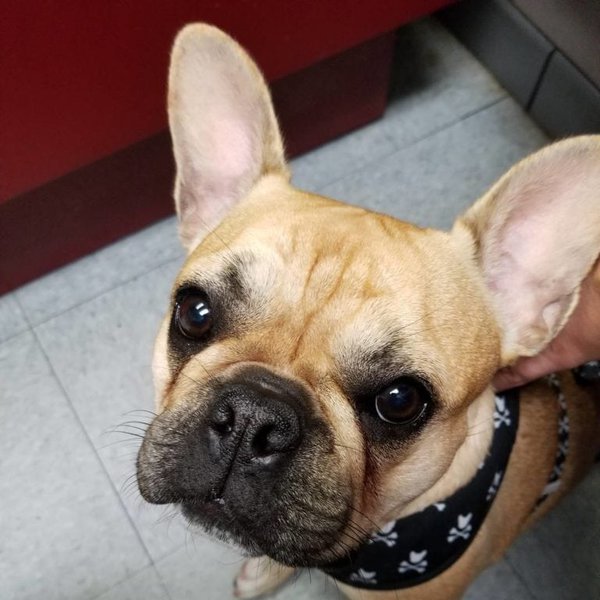
If your dog has a blood clotting disorder, one of the symptoms you’ll notice is a dark, tarry stool, showing that there is digested blood in the stool.
Dogs with blood clotting disorders will also show other symptoms like purple-tinted skin, which is a sign that your dog is bleeding under their skin. Blood clotting issues can be caused by diseases like hemophilia, as well as the ingestion of rat poison.
8. Ingestion Of Blood

If your dog has ingested some blood, it is only natural that this blood will be passed through your dog’s stool. Your dog can ingest blood when they lick a bloody wound, kill and eat a rodent, or have an injury in the mouth.
Since this blood will pass through the stomach and get digested, it will appear in your dog’s stool as dark spots that look like coffee grounds.
7. Inflammatory Bowel Disease Or Pancreatitis
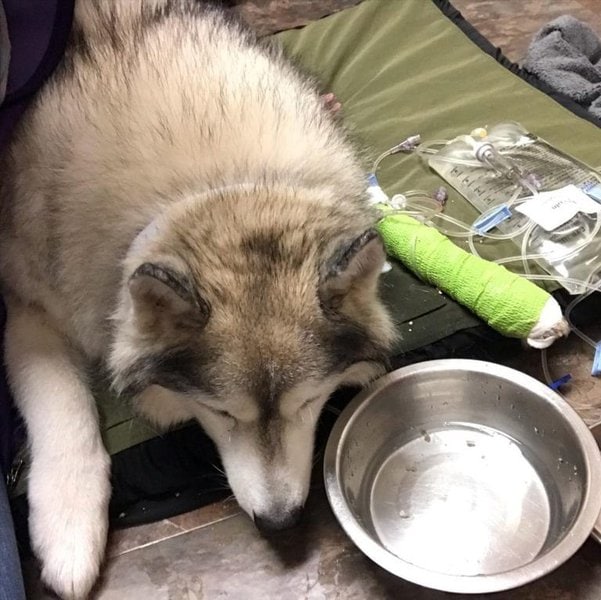
If your dog has inflammatory bowel disease or pancreatitis, one of the symptoms you’ll notice is bloody stool. Both of these diseases can be very serious, and therefore, it is important that you get your pooch to a vet if you suspect any of these two conditions.
Fortunately, if detected early and treated appropriately, it is possible to manage these two conditions and give your pooch a long and happy life.
6. Kidney Failure
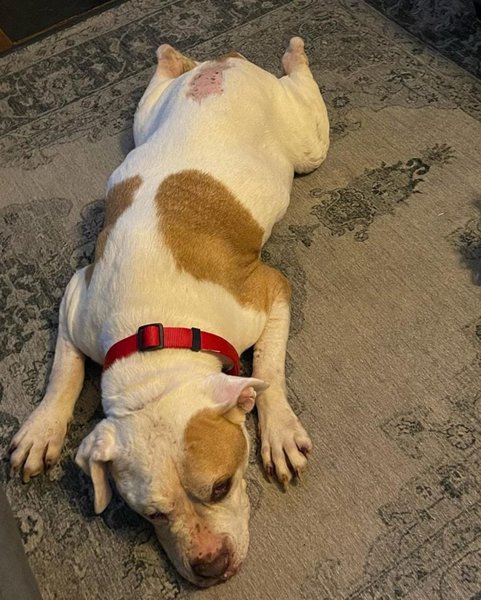
Blood in stool is one of the symptoms of kidney failure in dogs. Kidney failure is a very serious condition. In addition to the bloody stool, you’ll notice that your dog looks extremely sick and lethargic. They’ll also have pale gums, unhealthy skin, loss of appetite and weight, and extreme vomiting.
Very often, kidney failure happens gradually, so you should take your doggo to the vet the moment you start noticing any worrying signs.
5. Cancers And Tumors Of The Digestive System

If your dog has cancer or tumors in their digestive system, these cancers and tumors will sometimes cause bleeding within the GI tract, with the blood then passed out in your doggie’s stool. Cancers and tumors of the digestive system are particularly common in elderly dogs.
Digestive system cancers and tumors are very serious conditions, and therefore, if your dog has a darkish, bloody stool, it is best to see a vet.
4. Irritation Near The Rectum Or Anus
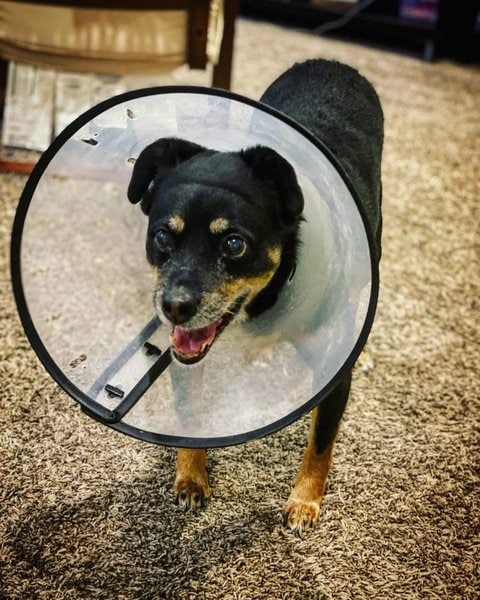
Irritations around your dog’s anus or rectum can also cause bloody stool. These irritations include hemorrhoids, inflammation of the rectum, as well as enlarged anal glands.
Bleeding caused by irritations around the anus or rectum appears as bright, red-colored spots in your dog’s stool. Hemorrhoids and inflammation of the rectum will need to be treated by a vet, while enlarged anal glands can be expressed by a vet or groomer.
3. Ingesting Toxic Substances

If your dog has eaten something that is toxic to them, they’ll often pass bloody stool. Other signs that your dog has eaten something toxic include excessive drooling, unusually high heart rate, breathing difficulties, vomiting, and so on.
Ingesting something toxic can be fatal for your canine buddy, so you need to rush them to the vet if you suspect that they’ve eaten something they shouldn’t have.
2. Dietary Issues

Dietary issues are a very common cause of blood in a dog’s stool. This happens because of irritation and inflammation of your dog’s GI tract.
Examples of dietary issues that can cause your fido to have bloody stool include an abrupt change in diet, allergies and food intolerances, eating spoilt food, overeating, eating food that is meant for people, and so on. Fortunately, most dietary issues can be treated at home using simple remedies.
1. Parasites
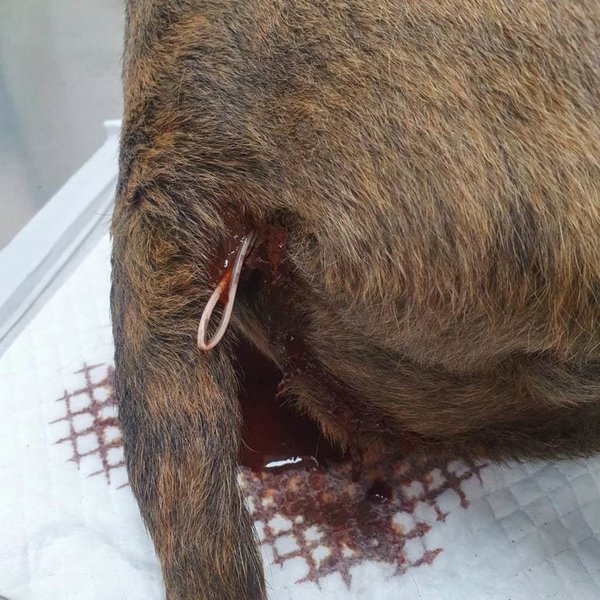
For most dogs having bloody stool, parasites are the most common culprits. Some of the parasites that can cause bloody stool to include roundworms, whipworms, and hookworms. Other parasites that can also cause bloody stool include protozoans like coccidian.
If you suspect that your dog is infected with parasites, you’ll need to provide your dog’s stool sample to the vet for examination. Fortunately, most intestinal parasites can be treated with simple home remedies.
Related Questions
Will Blood In Dog Stool Go Away On Its Own?
This depends on the underlying problem causing the bloody stool. Sometimes, it will go away on its own, but other times, you’ll need to first address the underlying issue. It is best to have the problem diagnosed by a vet instead of waiting for it to clear on its own.
What Does Parvo Poop Look Like?
Parvo poop usually appears as diarrhea with lots of mucus and black, tarry spots that are indicative of digested blood in the poop. Parvo poop also has a sickly-sweet smell that is usually caused by the blood in the poop. However, not all dogs with parvo will pass bloody stool.
What Does It Mean If You Poop Straight Blood?
If your dog is pooping straight blood, this is a sign that your dog has a very serious health problem. The high amount of blood loss can quickly become life-threatening for your dog, so if your dog is pooping straight blood, you need to get them to the vet with immediate effect.

